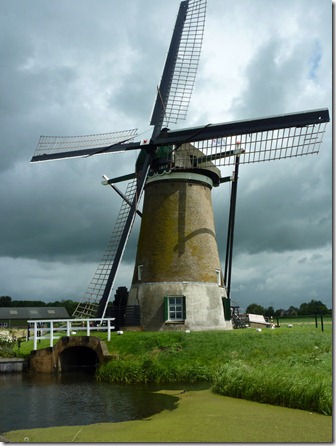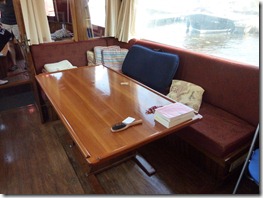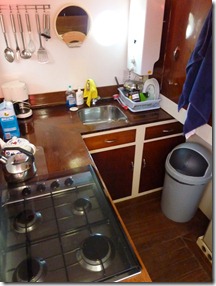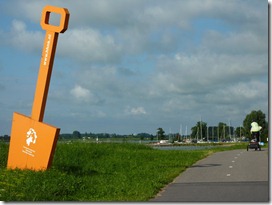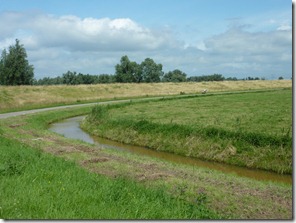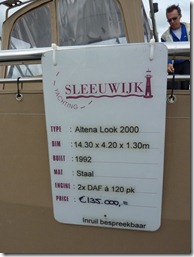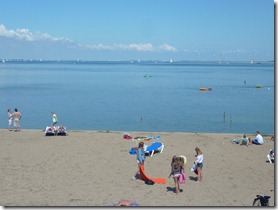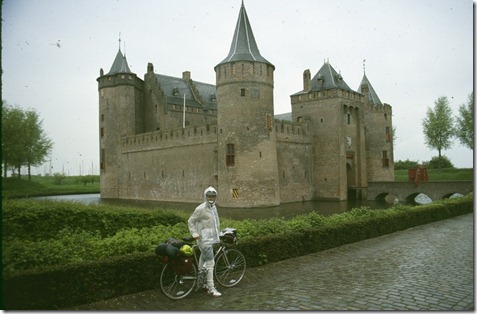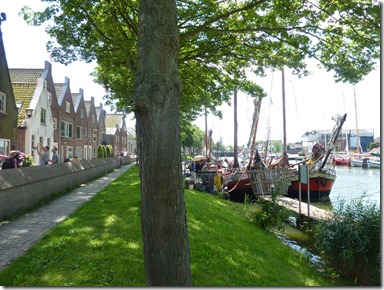This is a story about witches.
Not just witches in general but also one witch in particular.
It all started in a small town in Holland called Odewater back in the 16th century.
The town had its own Hekesenwaag or ‘Witches Weighhouse’ where people who were accused of practicing witchcraft came to be weighed on a huge wooden scale.
Of course if you were a witch you would weigh next to nothing. After all, how could you fly all night on a broomstick to a witches’ Sabbath if you didn’t.
It wasn’t that difficult to accuse someone of practicing witchcraft. Then it was a matter of life or death for those accused of witchcraft: many men and women ended up on the pyre. A rumor was often enough for those who were superstitious or malicious to accuse innocent people of sorcery. It was much harder however to be cleared of these accusations. From the mid-15th until very late in the 18th century, thousands of innocent people, mostly women, were put to death in Europe. The City of Oudewater was the only one in Europe that received the privilege for a fair weighing process, granted by Holy Roman Emperor Charles V.
Do you know whether or not you are a witch, light enough to fly on a broomstick? I was challenged.
I told Steve there was something I need to do and would he wait for me.
I left Steve sitting outside by the canal and entered the witches weigh house to get weighed and a certificate of proof if I was ever questioned.


Afterward the man asked me if I was American, had I ever heard of Salem.
A bit unnerved I left in a rush. I flew out the front door. Once outside I remember I forgot to get my certificate so went back in. The lady at the desk was smiling from ear to ear and wanted to share something with me and asked if it was okay.

She asked if I had noticed the family with two small children coming in as I was rushing out the door. The little 4 year old boy had pointed to the stuffed witch in the corner and asked if it was real. The mother consoling her son explained that there is no such thing as a real witch.
The little boy looked at his mom and said……
“OH YES THERE IS, ONE JUST FLEW OUT THE FRONT DOOR!”
The End
|
windmills |
There are about 1173+ complete windmills in Holland. The Dutch built windmills for centuries for many reasons. Actually the windmills built the country since many of them were used for land drainage. They also were used for corn and saw milling as well as industrial purposes.
Dutch mills are in many ways quite primitive – using shuttered sails, and turned to wind by hand
Millers and their families once lived inside the windmills
Each one is built in a specific style and date back as far as the 17th century.
In the past 10 years especially, many extensive rebuilds have occurred and they are still used for land drainage.


Reclaimed land in Holland and still adding more to this day
Situated 25 miles from Rotterdam is a unique UNESCO recognized site called
KINDERDIJK
Here nineteen mills were constructed around 1740 as part of a larger water management system which prevented floods. Now they’re a symbol of Dutch water management.

The mills are lined up in two opposite rows and form a spectacular sight. In July and August, you can witness how all nineteen mills still operate.

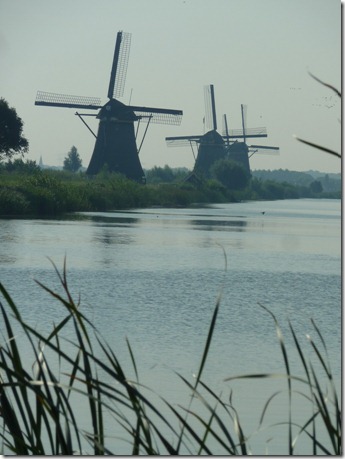
During wintertime, families ice-skate along the Kinderdijk.
Share on Facebook






